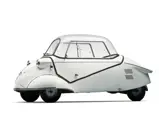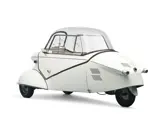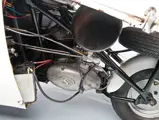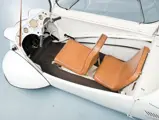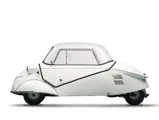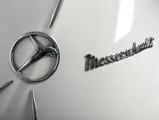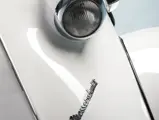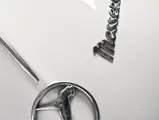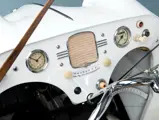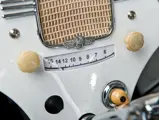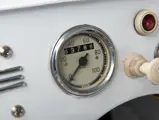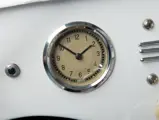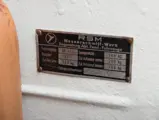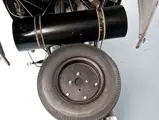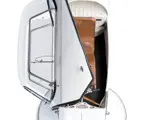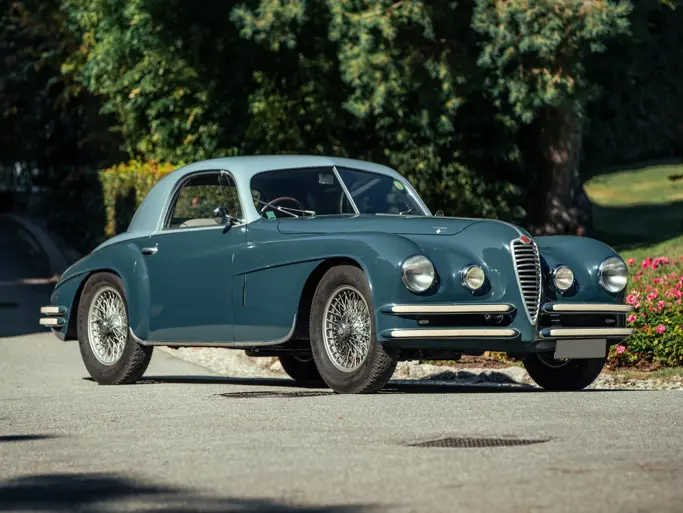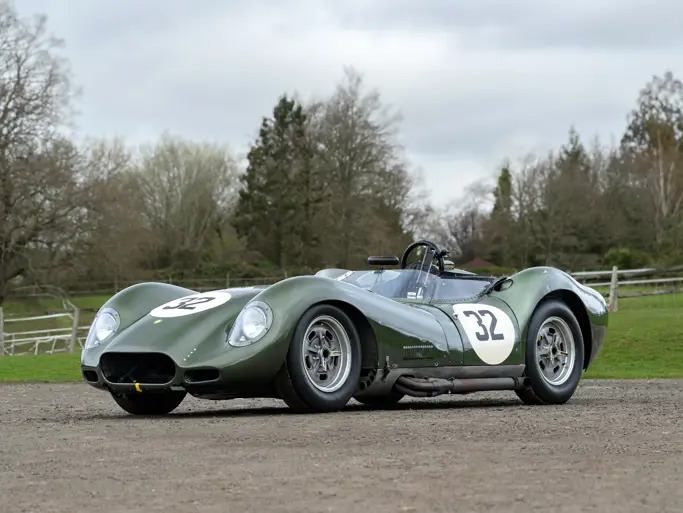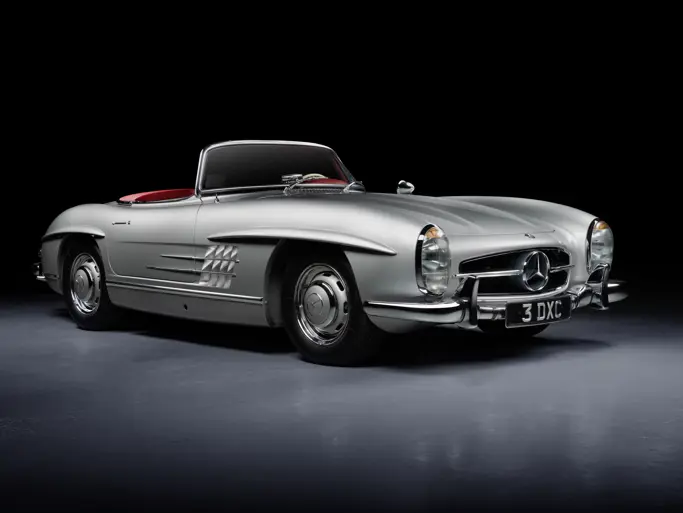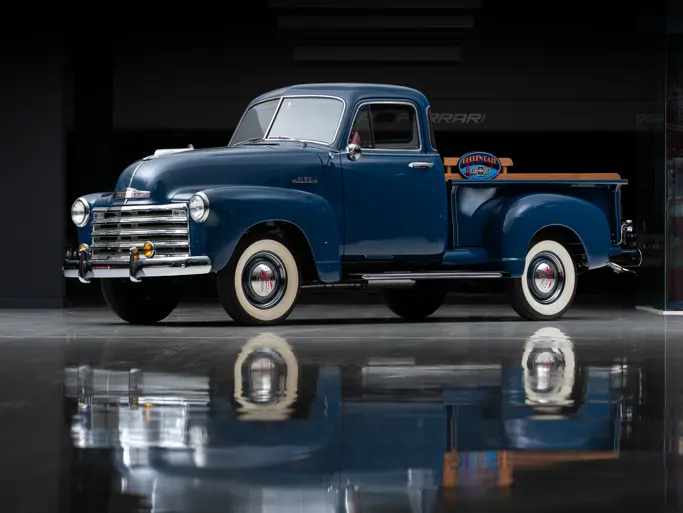The Bruce Weiner Microcar Museum
1954 Messerschmitt KR 175
{{lr.item.text}}
$37,375 USD | Sold
 | Madison, Georgia
| Madison, Georgia
{{internetCurrentBid}}
{{internetTimeLeft}}

A late first series example with desirable accessories.
SPECIFICATIONS
Manufacturer: Regensburger Stahl und Metallbau
Origin: Regensburg, Germany
Production: 15,089
Motor: Fichtel & Sachs 1-cyl., 2-stroke
Displacement: 175 cc
Power: 9 hp
Length: 9 ft. 3 in.
Identification No. 2905
Having completed his Kabinenroller prototype in the summer of 1952, Fritz Fend set about test-driving the car by driving it to the top of the Gross-Glockner pass in the nearby Alps. Willy Messerschmitt had a great deal of experience in the techniques of mass-production, and he immediately saw that the prototype cabin scooter was not yet ready in a number of areas, including the multi-part Plexiglas dome hand-rivetted together with metal strips. Press-tools would have to be secured for the body panels, and even the blueprints needed overhauling. A dozen people from Messerschmitt’s technical department were dispatched to assist in the overhaul.
Production began in Hall Three in the Regensburg works in February 1953. As most of the parts were bought-out, construction consisted largely of assembly work. Sachs supplied the motors, domes came from several firms, and body panels were stamped shapes from Presswerk Bellino. Flat side panels were done in-house, as was the paintwork.
The early first series was easily recognized, with its metal windshield surround carried over from the prototype and its shallow tail coming almost to a point. The twist grip throttle was on the left side of the chrome handlebar, the shift lever with its integral clutch on the right, and the neutral selector was on the handlebar as well. Starting was via a foot pedal in the nose, or a by direct kick lever in the tail. Windshield wiper operation was by finger-pull via cable. There was no reverse.
Some 70 improvements were made over the course of 1953, contributed by a combination of Fend’s design office in Rosenheim, the factory in Regensburg, the experimental department in Augsburg, and the Messerschmitt Technical Bureau in Munich. The first to go was the automatic clutch, which did not come off well in practice. The complex engine subframe was replaced by a swing-arm of sorts, and rubber buffers were used on all corners. The dome was now by Kopperschmidt. By serial number 3500 in 1954, the tail cover was deeper, the chain was enclosed, and a mechanical reverse was available. The rear seat was changed from a single to a full-width one. Two-tone paint, a heater, and interior trim panels would later be offered.
This fully restored car is an example of a late first series model, still with the single rear seat. It features original tan seat upholstery, nicely complementing its white exterior, a rare clock, and a highly sought-after WeltFunk Autosuper radio. This is certainly a handsome and classic example in all respects.

